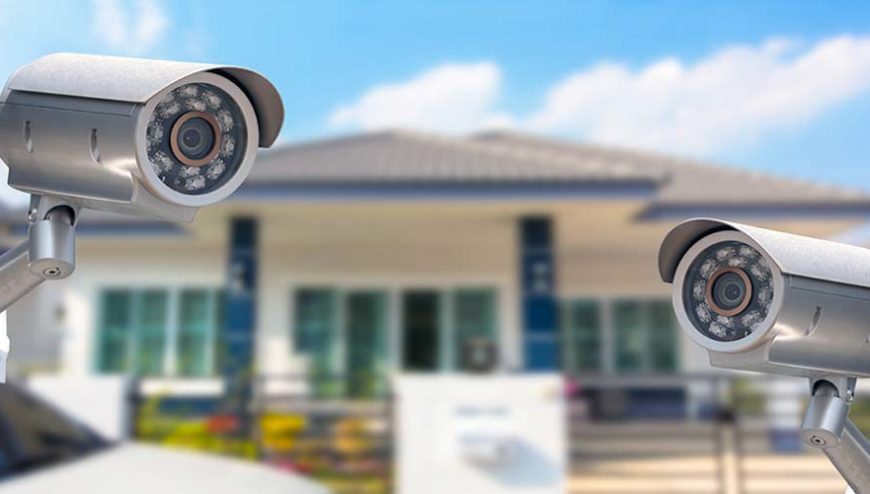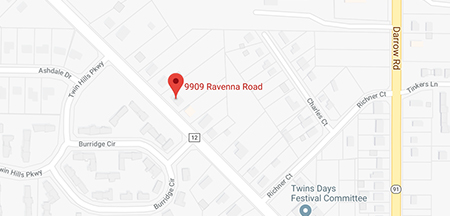
Security & Surveillance
We are able to protect your most valued possessions at home and at work, by setting up your home or office with a completely interactive security system. Our state of the art security systems are created to provide maximum comfort, safety and convenience with remote access and customizable alerts.
Interactive Services
We are dedicated to delivering home and business security with the best in convenience, control and complete awareness for our users. We are able to do this by developing customized packages that include the latest wireless, web and mobile technologies, all built on the best quality services platforms.
The technologies used enable our customers to monitor everything that happens in their homes or businesses, not just alarms; they can keep track of activity on entry doors, windows, liquor and medicine cabinets, safes, drawers, and more. With a customized security solution from Advanced Tech & Electrical, you can now REALLY be in 2 places at once. Simple, flexible and powerful.
Security Cameras
Analog Surveillance Systems
Analog systems are what began the surveillance industry and are still around today. They feature a low cost, low resolution, easy alternative to IP but with mixed results. Analog cameras are usually listed with an X number of TV Lines. You’ll often see 600, 700, 800TVL and occasionally 960H with the higher the number generally being the better choice. With the higher number being better you are ultimately limited to a maximum pixel count of 960×480 (960H) which is not high definition by any means. Analog DVRs and cameras are mostly interchangeable meaning you can mix and match cameras and DVRs from different manufacturers.
However, this easy setup-low cost alternative comes with a few downfalls when compared to newer technology. Low limited resolutions provide a mediocre image which can often be pixelated and grainy. A maximum resolution of 960H is the highest possible or 960×480 to be exact. Think of a high definition 1080p TV with a resolution of 1920×1080, when comparing the two, 960H provides much less detail and quality. This often results in less arrests and convictions due to specific features not being distinguishable on captured video.
Nevertheless, this technology is still available for a low price from most vendors but will most likely be phased out very soon due to demand for advanced high definition systems such as IP and CVI.
Analog System Overview: Pros
- Simple and Cost Effective
- Analog systems are very stable and need little to no maintenance.
- Analog cameras don’t depend on your network and will continue to work if the network goes down.
Analog System Overview: Cons
- MUCH Lower resolution than IP and CVI cameras.
- Very few customizable features.
- Harder to get really good quality evidence.
IP Surveillance Systems
The majority of homes and businesses have some type of network with data being sent not only through the location but essentially all over the world. With this ever expanding technology and internet speeds increasing everyday we have an opportunity to incorporate this into our surveillance needs.
IP cameras allow video and audio surveillance to be sent over a network using cat5 cable with an assigned IP address to each camera. This allows for a vast improvement over analog systems such as individual camera configuration, wifi cameras, Power over Ethernet or PoE, adding cameras from other networks, better security features such as people counting and facial detection. Most importantly, extremely high megapixel resolutions are now possible.
Another major advantage to IP systems is that there is no limit to it. As we see an increase in megapixel resolutions and high quality cameras there isn’t a bottleneck to where IP surveillance can take us.
However, there are a few minor details that one can’t ignore when considering purchasing an IP system. With IP systems using a camera from one manufacturer and NVR from another could result in incompatibility issues such as not being able to record motion detection, occasional video loss, certain features on the camera and NVR not syncing with each other or the worst of all, when the cameras won’t display a video whatsoever.
Obviously, this was a problem and needed a solution. The solution was created and dubbed the ONVIF protocol. ONVIF basically lets 2 completely different IP products “talk” to each other and generally do full time recording at the least. While it may not sound like much to some, to others this could mean being able to use a preexisting ONVIF IP camera they have had for 3 years on a brand new NVR.
All in all, IP offers the most features and best resolution out of all the choices. However, if affordability of an IP system is an issue but you still want HD video quality, please continue reading to learn more about the very interesting CVI technology.
IP System Overview: Pros
- Very high resolution so you can see more fine details.
- Each individual camera has a web interface for more customization.
- IP cameras can be configured through the network.
- Because of POE you only have to run a single Cat5e cable to each camera.
- IP will be around for a very long time.
IP System Overview: Cons
- Generally higher priced compared to Analog & CVI.
- High resolutions require more bandwidth which can sometimes mean remote viewing the main stream HD video feed over the internet can be difficult (depends on your internet speeds).
- More technical to set everything up.
- IP cameras will not work if your network is down (However, this can be overcome if a properly installed IP system is put in place).
CVI Surveillance Systems
Last but never least we introduce Composite Video Interface or CVI. This new technology allows a simple solution for the consumer who is looking into getting their first surveillance system or already has a system installed and wants to upgrade to high definition without breaking the bank.
CVI is the perfect blend between IP and Analog. It blends the two technologies into one easy setup-affordable option. It’s benefits are not limited to a low cost alternative but also includes longer cable runs, easy to use equipment, audio/video and control signals built together (no RS-485 needed for PTZ), and most importantly full 1080p to boot.
CVI works by sending high definition audio and video over regular coaxial cable at distances of up to 500 feet. This new technology allows you to take your old analog cameras and analog DVR out and simply plug in a new HDCVI DVR and HDCVI Cameras to get a fully high definition picture at a fraction of the cost of IP equipment.
We firmly believe the majority of analog equipment will soon be replaced by this modern advancement on high definition surveillance. If this is your first venture into surveillance systems or if you already have an analog system and aren’t happy with the quality of your cameras look no further. CVI is the answer.
CVI System Overview: Pros
- Simple and Cost Effective
- Easily upgrade older Analog systems.
- High Definition Quality without the price of an IP system.
CVI System Overview: Cons
- Newer technology, limiting your camera selections.
- Limited to 1080p
- Not as customizable as IP systems.
- Power still needs to be ran to cameras vs POE’s one cable method.

